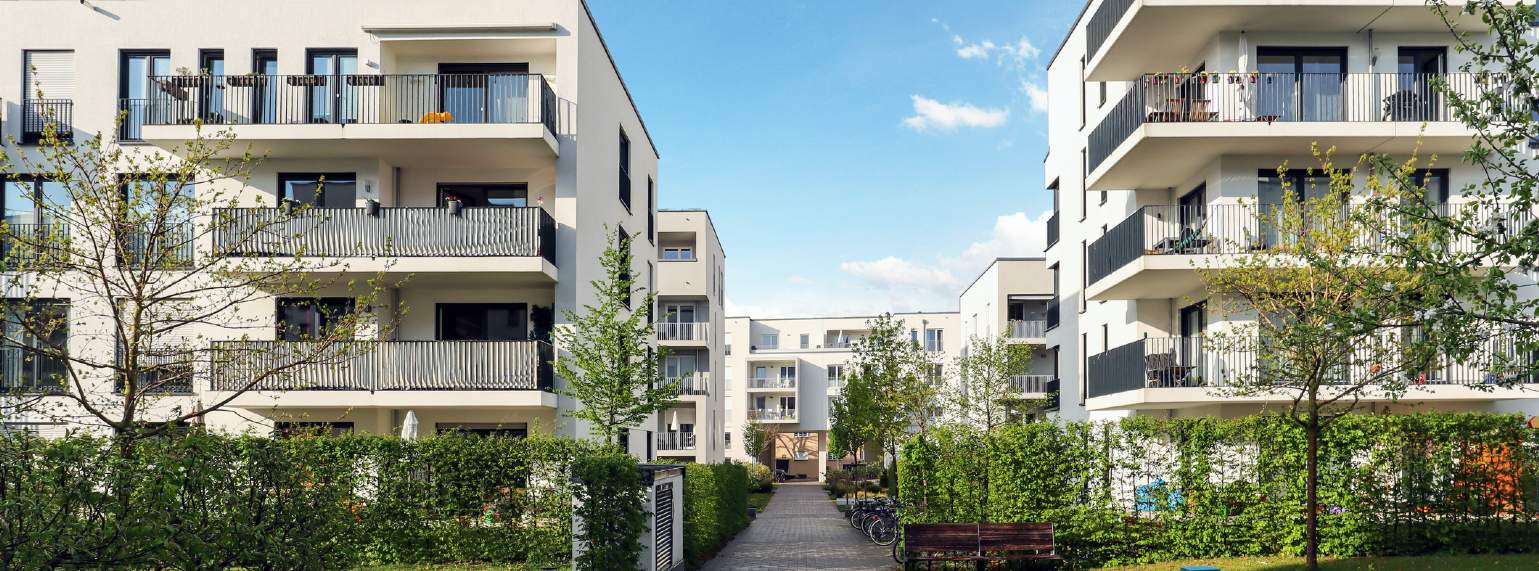It is not news that the world is experiencing a change in the way we think about the environment. Quantifying the value of nature is one manifestation of this. However, more widely we are seeing a move towards companies of all scales embracing a greener agenda. So, how is this affecting the planning system?
Within the South East, the South Downs National Park Authority has been a pioneer in adopting a natural capital focus and has embedded an ecosystem services approach within its Local Plan, ecosystem services being the benefits people derive from natural assets.
The Plan also incorporates a policy on Whole Estate Plans (WEPs), the premise being that if a landowner is offering significant natural capital benefits, and is a responsible steward of the land, then this may hold some sway in the planning system (an endorsed WEP is a material planning consideration).
The Planning Practice Guidance also refers to compensatory Green Belt improvements in a similar way. Where, for example, a landowner or developer owns suitable land in the Green Belt they could provide off-site improvements within their landholdings. This could include:
- New or enhanced green infrastructure
- Woodland or other appropriate planting
- Landscape and visual impact enhancements
- Biodiversity improvements
- New walking or cycling routes
This is an interesting concept as it may allow landowners with large portfolios to be able to make improvements to some areas of land. If these improvements would have tangible public benefit, then this could provide an impetus for sensitive development – even within sensitive areas (like the Green Belt).
Offsetting
The overarching theme here is the concept of offsetting. The general principle is that where there are opportunities to maximise a residential use (or a site is too small to accommodate other uses such as open space viably) the non-development land can be offset to another area. This works most effectively for large landowners who may have multiple parcels of land.
One particularly interesting example of this is in constrained urban areas like Brighton and Hove, which have been identified for a 35 per cent uplift in housing, where it may be most effective to maximise the residential density of a sustainable site located close to shops and services. In doing so, there may not be land available to provide on-site open space or ecological improvements. In such cases, the density can be maximised on-site with other uses (for example, public open space, ecologically improved land) offset. This should be within close proximity to the development to allow new residents to make use of the benefits that they offer.
A very live issue that has put a significant block on housebuilding in areas like Kent and Somerset is nutrient neutrality. As part of working towards a solution, offsetting is likely to play a key role in helping to deliver development by converting agricultural land into wetlands and forests, and so on. As well as solving the nutrient issue, there will be other natural capital benefits which can be capitalised upon for greater public benefit.
We are also likely to see the concept of offsetting widely used when it comes to delivering the mandatory biodiversity net gain requirement set out in the Environment Bill. The logic here would be that where a site cannot deliver a minimum net gain of 10 per cent on the site, other sites nearby may need to be considered as potential offsetting locations.
Larger strategic sites will have the advantage of economies of scale to provide the net gain on-site, whereas smaller and medium-sized sites will need to consider either offsetting or buying biodiversity credits. This will be driven by viability and the market is still very much emerging in this area.
These issues require a strategic level approach to facilitate a considered response whereby land can be used efficiently and appropriately to its setting, with the potential to incorporate multiple public, social and environmental benefits and deliver efficiencies through economies of scale.
The concept of delivering natural capital solutions and using offsetting is going to become an increasingly important part of the planning system. It will be key to thinking about assets more strategically in order to ensure that we are making the best and most efficient use of land.
Further information
Contact Andrew Watson or Stuart Nicholls
Contact Savills Earth or Savills Natural Capital










.jpg)